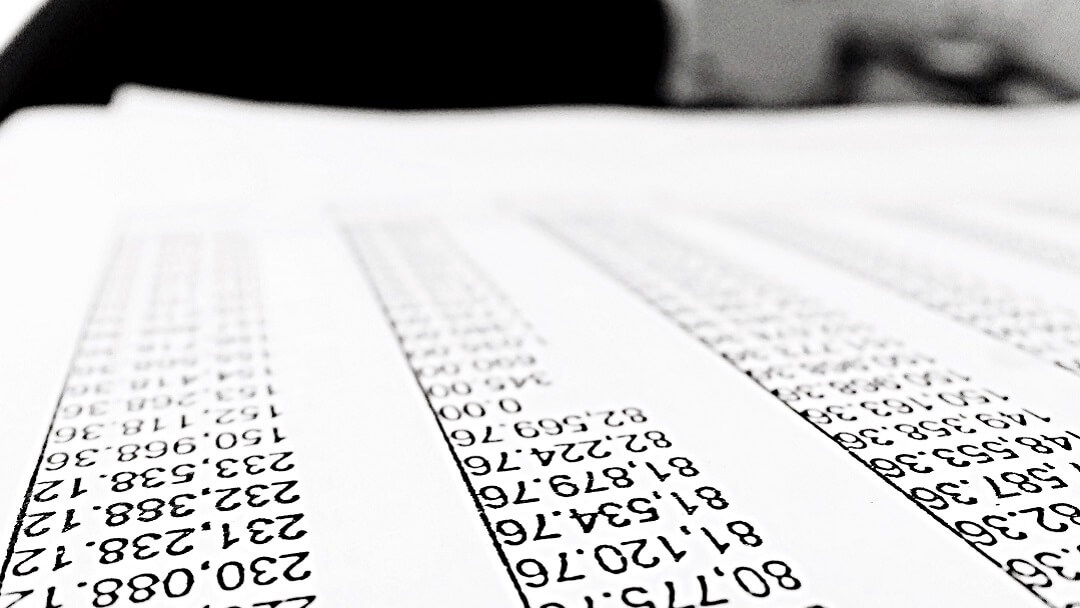The home mortgage application process is filled with the paperwork that the mortgage loan officer requires to process your loan. The necessary information can include pay stubs, tax records, and bank information, including bank statements and bank transactions.
But why do loan officers need bank statements? What is the difference between a bank statement and a transaction history?
Key takeaways
- Bank statements and transaction histories are important documents required by mortgage loan officers.
- A bank statement shows banking activity for a standard timeframe, while a transaction history allows you to choose a specific time period.
- Lenders check these documents to verify income, expenses, and cash reserves, among other factors, to ensure that the borrower can afford the mortgage.
Bank transaction vs. bank statement
Bank statements and bank transaction histories are both supporting documents often asked for when applying for a home mortgage. What are they, and what are their differences?
Bank statement
A bank statement is a document provided by your bank, typically every month, either online or received in the mail. It reports banking activity for a standard timeframe, often by the month. A bank statement will contain the following information:
- Your bank’s logo
- Your full name and address
- Your account number
- The opening balance for the statement period
- The closing balance for the statement period
- A list of the transactions during the statement period
Bank transaction
Like a bank statement, a transaction history shows a list of your banking transactions, including deposits and withdrawals. However, unlike a bank statement, you can choose the time period. If you want to see your last two weeks of transactions during the period, you can enter dates in your online banking portal and generate a transaction history report. It will show the following:
- Your bank’s logo
- Your account number
- A list of all transactions in the given time
- A running balance
Why do you need a transaction history?
Given that both bank statements and transaction histories provide your banking history, why would a loan officer need both? In some cases, they don’t. The request for both often has to do with when you apply for your loan.
Let’s say you are applying for a mortgage on the 15th of July. Your bank statements run from the first to the last of the month. In this case, your loan officer would request the last two months of bank statements. So, you would provide statements for both May and June. But what about the last 15 days in July? The statements you provide do not show current bank activity. This is when a loan officer would request a bank transaction history covering July 1-15th. This allows them to get a clear history of your banking transactions and your current account status.
What do lenders check on bank transaction history and bank statements?
Lenders require your bank statements and your transaction history to verify that you can afford the down payment, closing costs, and monthly payments associated with a new mortgage. They are looking to verify where your income comes from, what your monthly expenses currently are, and that your current balance is enough to cover those obligations and the necessary down payment and closing costs for your new mortgage.
Common factors lenders look for include:
- Regular income from verifiable sources
- Consistent monthly payments
- Regular expenses
- Cash reserves in your accounts
- Bounced checks or overdrafts
- Direct debits to individuals
- Large deposits without a documented source
When going over your bank statements and history, certain things are likely to send up red flags and require additional documentation for the underwriters. These can include:
- Bounced checks and overdraft fees show the inability to balance the account and make necessary payment obligations.
- Large deposits that are not from verified sources such as a family member’s gift. In many cases, the family may offer financial assistance to help you purchase a home, but the underwriters will require a letter stating that these funds are a gift and do not require payback.
- Monthly payments or direct debits to an individual can show that you may have an undisclosed personal loan you are paying back. You may need to provide written evidence of what these payments are for.
How to provide transaction history to your mortgage loan officer?
When you are asked to provide transaction history, the lender will request certain dates. You can simply log into your online banking program and choose the date range for the report to get the data. Once the system generates the report, you can print it and deliver it to your lender. In some cases, you can email a scanned or pdf copy of the report directly to your lender. If you do not have access to online banking, many bank branches can generate and print a transaction history for you.
Bank transaction history plays a major role in home financing.
Bank transaction history and bank statements are normal requirements for lenders. We understand how these document requirements and gathering all the correct documents can become overwhelming. Our goal is to help new homebuyers through the lending process, helping to find the best loan programs and offers available. Contact Hero Home Programs today.












